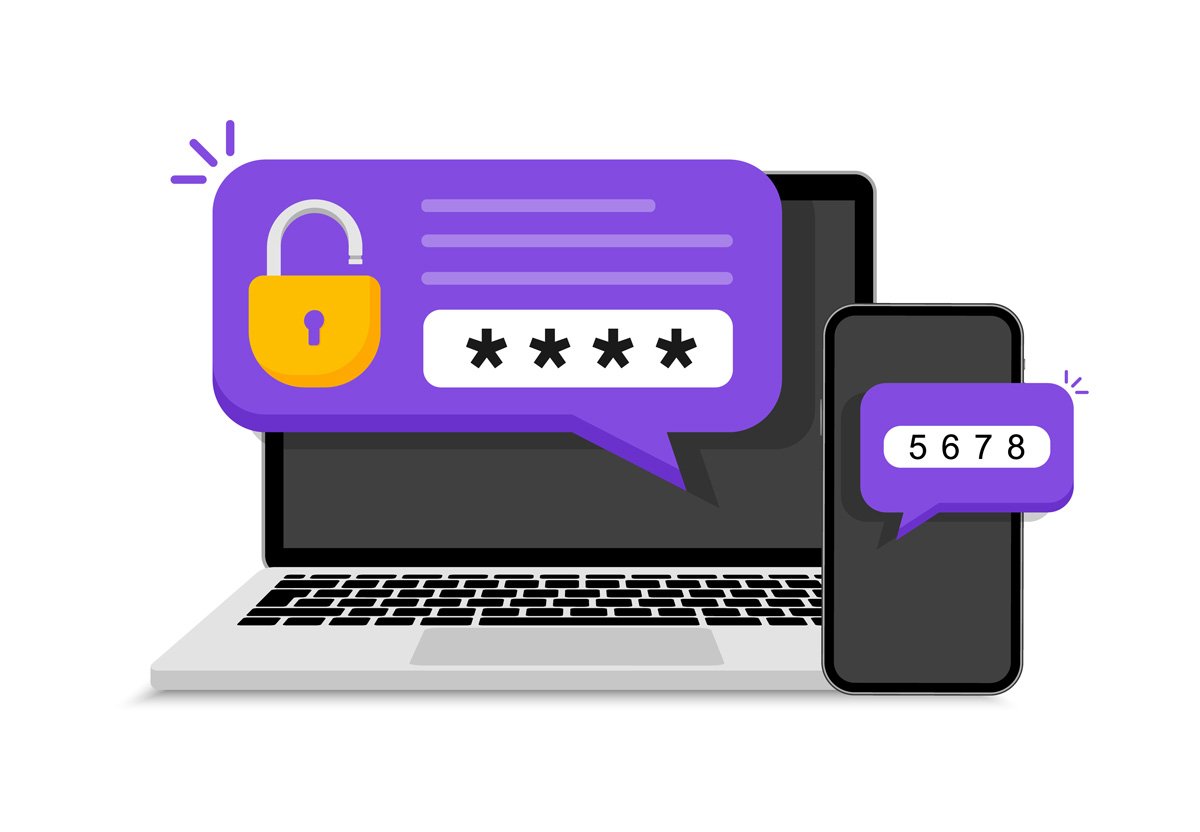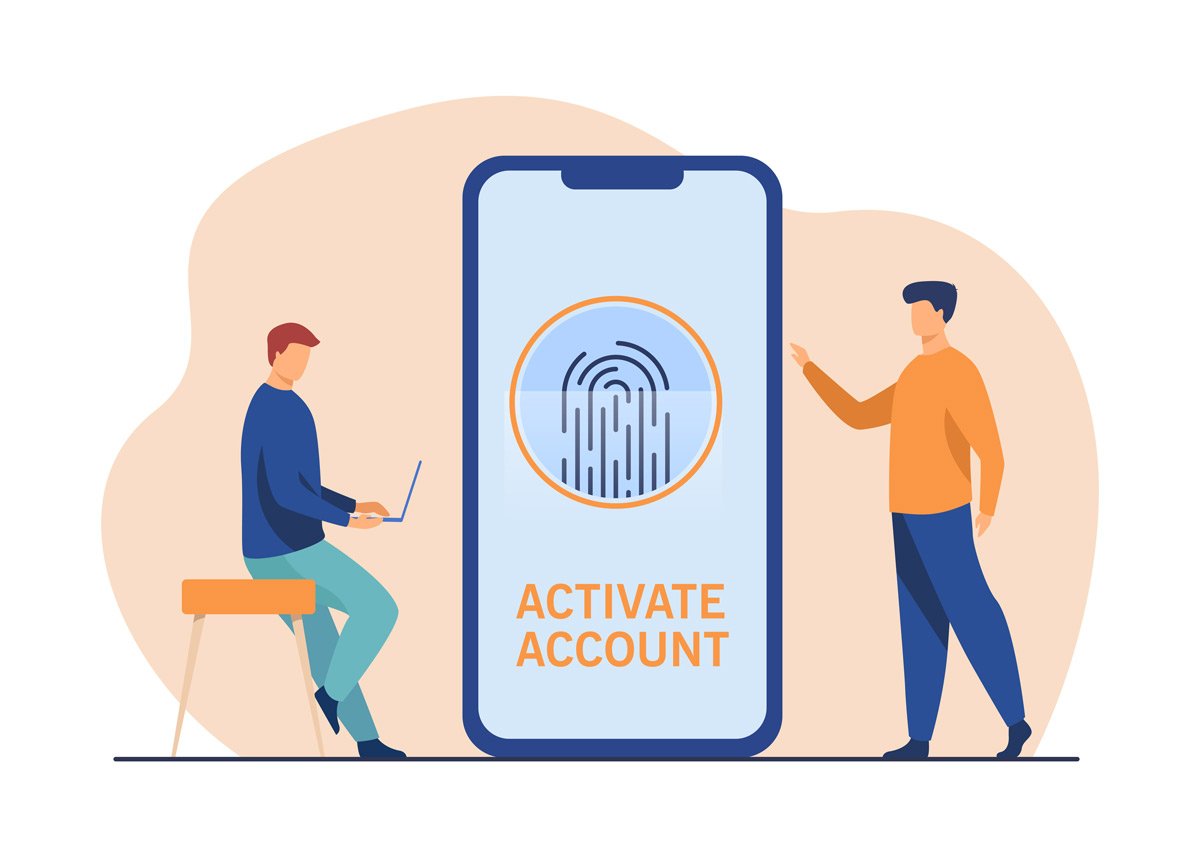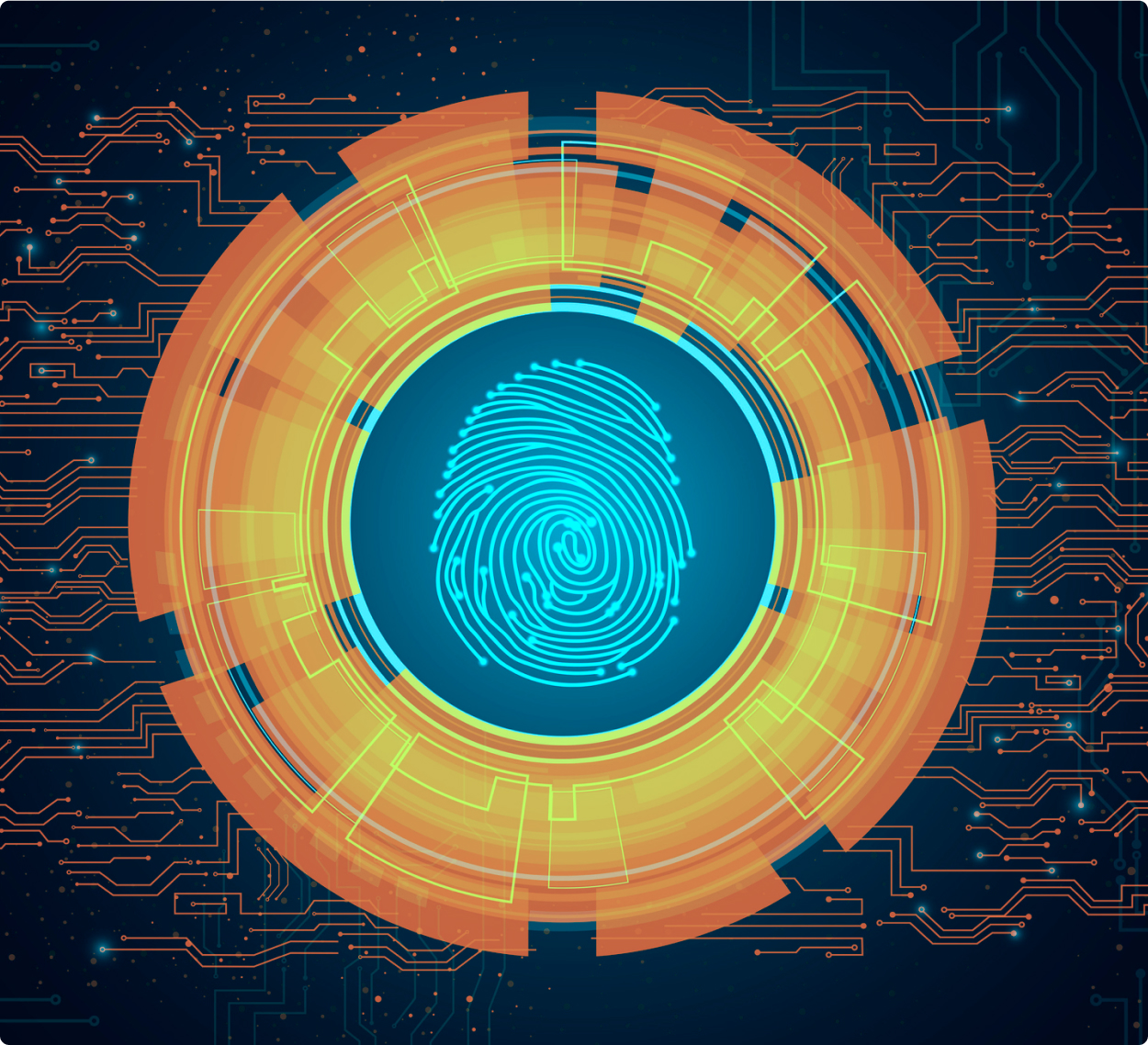

What Does “True Passwordless Security” Mean?
There are a lot of different opinions out there about what “true passwordless security” actually means. And to be honest, it can be pretty confusing trying to figure out which one is right. After all, if you’re not an expert in the field, how are you supposed to know?
Today, we’re going to take a look at what true passwordless security is, what it isn’t, and why it’s better for organizations.
What is True Passwordless Security?
At its core, “true passwordless security” simply means that you don’t need to use a password to authenticate yourself. That’s it. No passwords, no passphrases, no PIN codes; nothing that is knowledge-based. Just something you have (like a smartphone) or something you are (like your fingerprint) to verify that you are who you say you are.
For many people, this might seem like a scary proposition. After all, passwords have been the go-to method of authentication for so long that it’s hard to imagine anything else. But the truth is, passwordless security is actually much more secure than traditional passwords.
Here’s why:
-
Passwords can be guessed, stolen, or otherwise compromised.
-
If a password is compromised, the attacker can use it to access all of your accounts that use that password.
-
Passwords are often reused, which means that if one password is compromised, all of your other accounts are at risk as well.
And with true passwordless security, there is no password for an attacker to guess, steal, or otherwise compromise. That means that even if one account is compromised, your other accounts are still safe.
What True Passwordless Security Isn’t
Before we go any further, it’s important to understand what true passwordless security is not. There are a lot of misconceptions out there. Many organizations are now looking to maintain true passwordless security. That also means that
True passwordless security is not the same as two-factor authentication (2FA).
2FA is an additional layer of security that can be used in addition to a password. It typically involves using a code from a text message or an app on your phone to verify your identity.
While 2FA is more secure than a password alone, it’s not true passwordless security. The reason is that you’re still using a password, it’s just that you have an additional layer of security on top of it.
True passwordless security is also not the same as single sign-on (SSO).
SSO is a system that allows you to use one set of credentials (usually a username and password) to access multiple systems.
While SSO is more convenient than using multiple sets of credentials, it’s not true passwordless security. The reason is that you’re still using a password, it’s just that you’re using it to access multiple systems.
The Importance of True Passwordless Security
While some non-true password systems can be highly secure, they are still not as secure as true passwordless systems. There are some important aspects of a true passwordless security system.
True passwordless security is more secure than traditional passwords.
As we mentioned before, traditional passwords can be guessed, stolen, or otherwise compromised. With true passwordless security, there is no password for an attacker to guess, steal, or otherwise compromise.
True passwordless security is more convenient than traditional passwords.
Passwords are often reused, which means that if you have to remember multiple passwords, you’re more likely to choose a weak password that can be easily guessed. With true passwordless security, you don’t have to remember multiple passwords, which makes it more convenient for you and less likely that you’ll choose a weak password.
True passwordless security is more flexible than traditional passwords.
There are a lot of different ways to implement true passwordless security. For example, you can use a code from a text message or an app on your phone, a physical token, or your fingerprint. This flexibility means that you can choose the method of authentication that best suits your needs.
How to Implement True Passwordless Security
There are a few different ways to implement true passwordless security. The method you choose will depend on your needs and preferences. It can be easier to establish true passwordless security using the infrastructure you already have; if you already send text message confirmations, magical inks can be sent through text.
One way to implement true passwordless security is to use a code from a text message or an app on your phone.
With this method, you’ll receive a code via text message or an app on your phone that you’ll need to enter in order to login. This code will be unique to you and will change each time you login.
Another way to implement true passwordless security is to use a physical token.
With this method, you’ll need to have a physical token, like a key fob or a card, in order to login. This token will be unique to you and will be used in conjunction with your username.
Yet another way to implement true passwordless security is to use your fingerprint or other biometrics.
But however you implement true passwordless security, you will need a platform that can support it.
The Bottom Line
True passwordless security is the most secure way to authenticate yourself. It’s more secure than traditional passwords, biometrics, and even two-factor authentication. If you’re looking to maintain true passwordless security for your organization, make sure you understand what it is and what it isn’t. There are many systems that claim to maintain true passwordless security but don’t.
If you’re still not sure what true passwordless security is, or if you’re looking for more information on how to implement it in your organization, contact us today. Or try out a free 30-day trial of Axiad to better understand the benefits that true passwordless security can offer.






